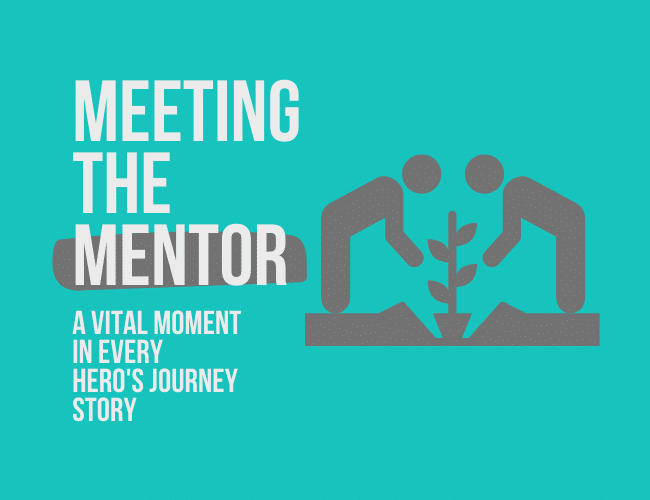
by David Safford |
Great stories are filled with great characters. One of the most common characters in any story is the Mentor, an essential character if you’re writing a Hero’s Journey story. In fact, the fourth step of the Hero’s Journey is Meeting the Mentor. Who is your hero’s mentor, and how do they challenge them?
As you may know, the Hero’s Journey is an archetypal story theorized by Joseph Campbell in his book The Hero With a Thousand Faces. And in practically every heroic story, there is a character that helps the hero rise from nobody to a somebody.
Getting that character right can be the difference between writing a story that readers love and one they put down and forget.
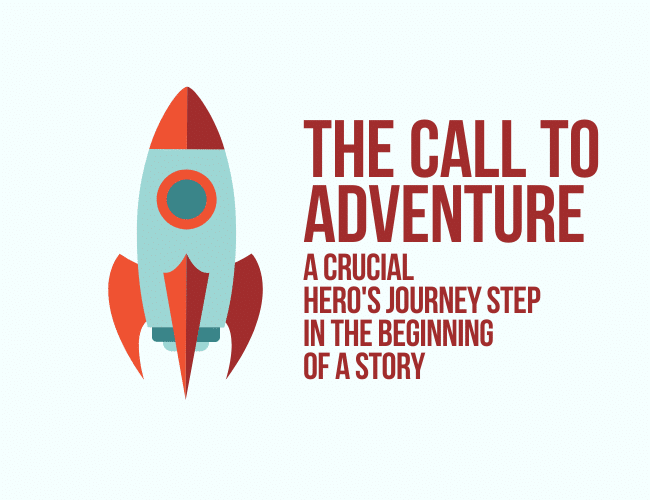
by David Safford |
You’ve established your story’s Ordinary World. What’s next? It’s time for your hero’s Call to Adventure — a call they must refuse.
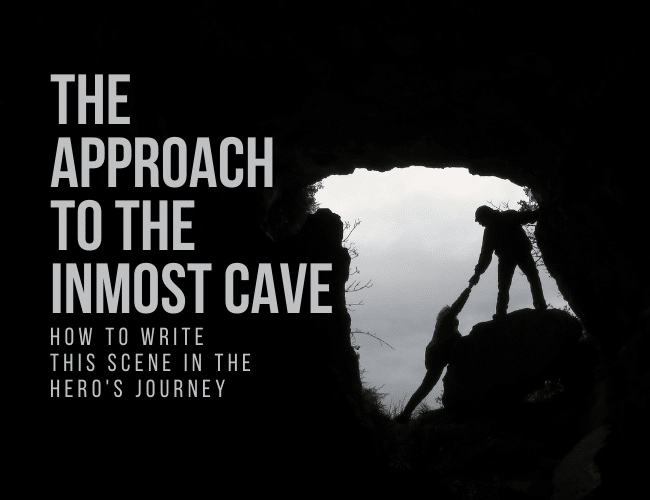
by David Safford |
Every great heroic story has that moment. It’s the deep breath before the plunge. The calm before the storm. The quiet before the calamity. In the Hero’s Journey, it’s the Approach before the Ordeal.
It’s an essential moment you need to plan for and build around as you draft your story. And to do it right, you’re going to need to figure out three key elements.
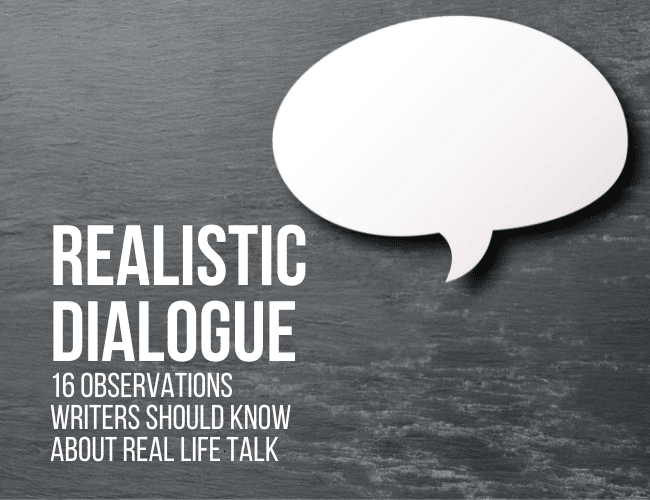
by Joe Bunting |
Dialogue can make your story. In fact, as Shakespeare knew, you can tell a whole story just through authentic dialogue.
Good stories are about real people, and people in real life love to talk to each other. We are biologically disposed to receive pleasure from conversation.
If you want to write good stories, learn how to write effective dialogue. In this article, you can learn sixteen dialogue tips that will help you take everyday conversations and turn them into stretches of dialogue that benefit your story.
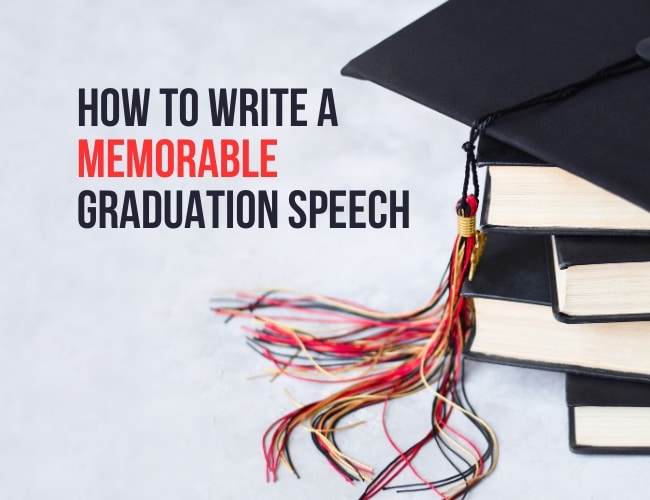
by Sue Weems |
If you’re lucky enough to be asked to speak at a commencement ceremony, at any level, you know the pressure of writing a memorable speech with broad appeal that fits within the time constraints. But how to write a graduation speech that doesn’t bore, drag, or flop? Here’s a secret: use your storytelling skills to write a great graduation speech.
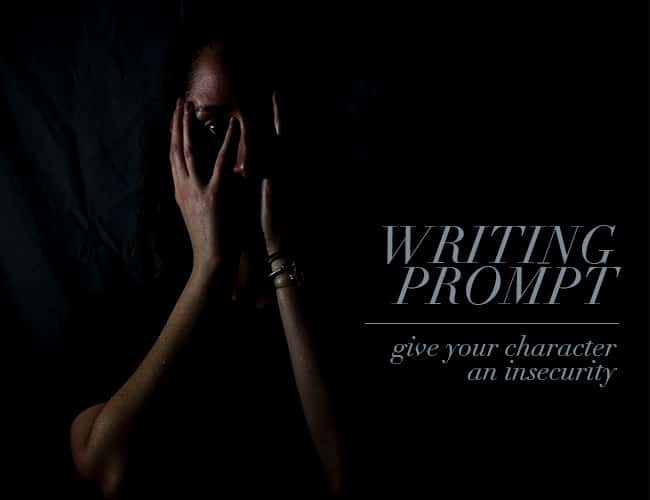
by Sue Weems |
Last week, I overheard a conversation at a neighboring table where a woman said, “He’s always trying to prove himself. It makes him look less competent than he is.” I didn’t know the parties involved, but I grabbed a napkin and jotted it down. When I added it to my notebook, I realized characters with something to prove often undermine their own success. And those insecurities make for an amazing writing prompt.





